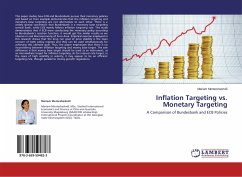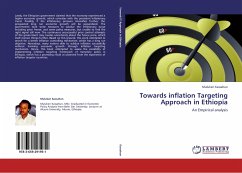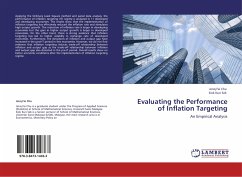The economic costs of reducing nutrient loadings are often not taken into account during development. In this study, sector targeting is used to minimize the total cost of nutrient reduction by targeting sectors with lower costs per unit of pollution reduction. This study focuses on targeting nitrogen (N) and phosphorus (P) loading reductions from three sectors: agricultural, point source, and urban non-point source, in the North Fork watershed. Linear programming optimization models were created to determine an optimal solution that minimized total compliance cost to implement Best Management Practices subject to targeted loading reductions in N and P in the watershed. The optimal solution for each sector using uniform allocation and sector targeting were compared for N and P loading reductions separately and N and P reductions simultaneously.The difference between sector targeting and uniform allocation showed the sector targeting was the more cost effective approach to achievethe desired nutrient reduction compared to uniform allocation. This study implies that both stakeholders and policymakers can use sector targeting to achieve nutrient reduction goals at lower costs.
Bitte wählen Sie Ihr Anliegen aus.
Rechnungen
Retourenschein anfordern
Bestellstatus
Storno








